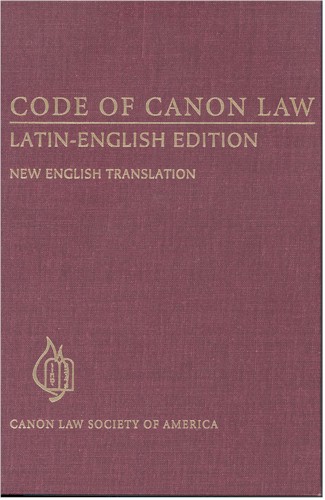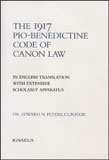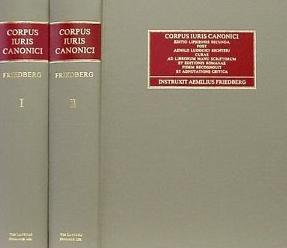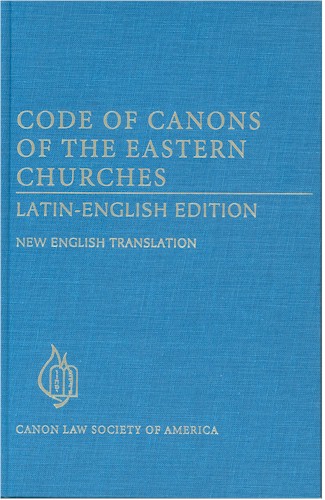|
To work for the proper implementation of canon law is to play an extraordinarily constructive role in continuing the redemptive mission of Christ. Pope John Paul II |
|
|
|
|
Resolution 1152 x 864 |
Updated 6 jan 2013 |
Review of Michael Smith Foster, Annulment: the wedding that was (Paulist, 1999) 176 pp. |
|
Edward Peters, Review of M. Foster, Annulment: the wedding that was, in Theological Studies 60 (1999) 797.
|
Foster, adjutant judicial vicar for the Archdiocese of Boston, has written a straightforward, reliable overview of the Church's annulment process. Intended as background or preparatory reading for those involved in or impacted by the annulment process, Foster's book happily avoids coming across as a how-to manual whose tips are to be applied in pursuing an annulment regardless of the justice, or lack of justice, of the underlying case. Indeed, roughly half of the book actually presents, at least in juridic terms, the main elements of church teaching on marriage itself, thus making Foster's explanations of the marriage annulment process all the more understandable. My reservations on this book are few.
Foster faces the same problem all experts face when writing for non-specialists, namely, what level of misunderstanding to accept in his readers in order to address more important issues. This is a prudential call, and I merely observe that at certain points my decision would have been different. For example, in commenting on the impediment of ligamen, I would not have let stand the assertion that the impediment exists "if the prior marriage was valid, that is, [if] it has not been declared invalid by Church authority" (16). Again, no permanent deacons are "exceptions" to the law of celibacy (21). Or again, F.'s frequent use of the term "good and natural marriage" to describe marriage between non-baptized parties is going to strike some readers as redundant, or as suggesting to others that "good" means something different from "natural" in marriage, but what?
None of these presentation problems are serious, of course, and all can be readily cleared up by short consultations. Some of Foster's tightest writing, on the other hand, is found in his chapter "Dispelling Misconceptions." Here, Foster ably levels one annulment myth after another. Indeed, readers skeptical of the process as a whole might be well advised to read this short chapter first.
|





